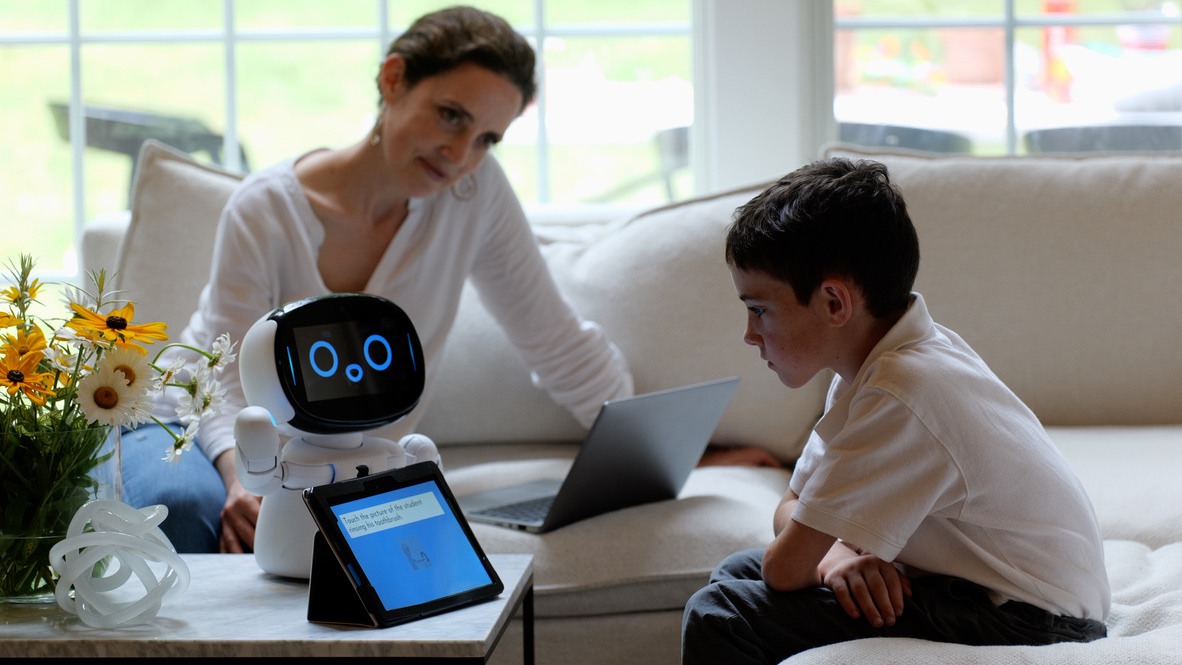In recent decades, assistive technology has been proven to be highly effective for the holistic development of special needs learners. Interestingly, robot-assisted instruction (RAI) is not a new practice.
Assistive technology, such as NAO Robot-Assisted Instruction, has been tremendously useful in helping children develop learning readiness, as well as meet social and educational goals.

Social Skills Training For Autism
Social skills are a group of skills, rules, habits, behaviors, and gestures people use to communicate with one another. Individuals generally learn basic social skills through observation and socialization.
However, individuals with autism may learn these skills differently; they can find it difficult to perceive what others feel or what the social context indicates. Social skills training for children with autism can help teach them the “hidden rules” of society: the subtle nuances of speech and language that require inference.
Therapeutic Intervention With Robot-Assisted Instruction
Robot-assisted therapy is a form of treatment that assists in augmenting traditional educational and social skills training for children with autism. It can be viewed as a game-changing method to help individuals with special needs.
A wide variety of robots can perform various social and behavioral functions to improve the quality of life for individuals with autism. Not all therapists are familiar with the literature celebrating the benefits of robot-assisted instruction, nor are they sure how to integrate them into their practice, but the systems are quite impressive and intuitive to use.
Professionals at MOVIA Robotics are happy to work with educators, families, and facilitators to ensure children with autism and other special needs receive differentiated and tailored instruction through their RAI systems!